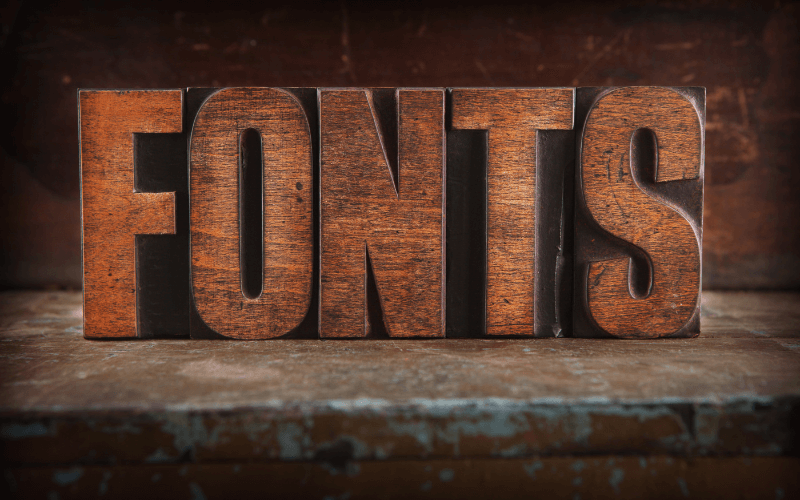Has anyone ever suggested to you that special fonts will help people who have dyslexia?
Avoid this gimmick claim…
The creators of the Dyslexie font say it “enhances the ease of reading, learning and working.”
Seriously? Show me the science!
Creators of this font ‘assert’ a few clicks in your dropdown menu will “magically” ease this reading disorder. A possible remedy is just a few clicks away??
Spoiler alert….No, No and No.
Let’s look at the data…
Two experiments were conducted to find out if the Dyslexie Font eases reading performance in children with (and without) dyslexia.
The researchers explored three questions:
1. Does the Dyslexie Font lead to faster and/or more accurate reading;
2. Do children have a preference for the Dyslexie Font?
3. Is font preference related to reading performance?
The children, (dyslexic and non-dyslexic), in grades 2-6, read word lists, with increasing difficulty, as fast and as accurately as possible…
In three different fonts.
Drum roll…the science does not support their claim.
Dyslexie Font’s claims are inaccurate. The font neither helps nor hinders reading for dyslexic and non-dyslexic readers.
1. Dyslexie font words were not read faster, nor were they read with more ease or accuracy.
2. Children preferred the non-dyslexic fonts:
Particularly, Times New Roman & Arial.
3. Orthographically complex words are more challenging to decipher…obviously!
There is no ‘quick fix font’ or cure for dyslexia.
Here’s what the science does support:
Instruction that is: explicit & structured
Intense & frequent integration of:
1. visual
2. auditory
3. and motor processing
…so that students gain an explicit understanding of the structure of the English language over a period of 24-36 months by a C.A.L.T.
Bibliography
Kuster, S M, et al. “Dyslexie Font Does Not Benefit Reading in Children with or without Dyslexia.” Current Neurology and Neuroscience Reports., U.S. National Library of Medicine, Apr. 2018
Boer, Christian. “How a Font Can Help People with Dyslexia to Read | Christian Boer | TEDxFultonStreet.” YouTube, Ted Talks, 11 Nov. 2015



